Bahnbrechend.
Und nicht anders.

EINIGE SEHEN ABFALL. ANDERE SEHEN SCHÄTZE.
Wie entsteht das bahnbrechende Material?

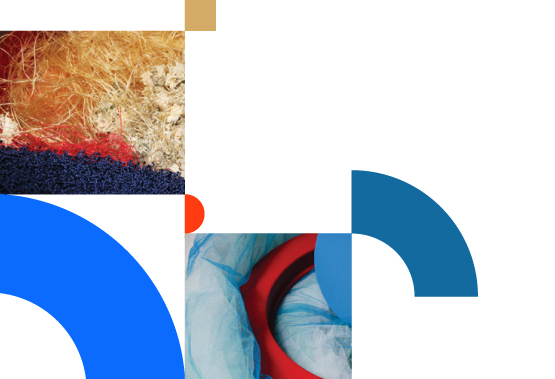
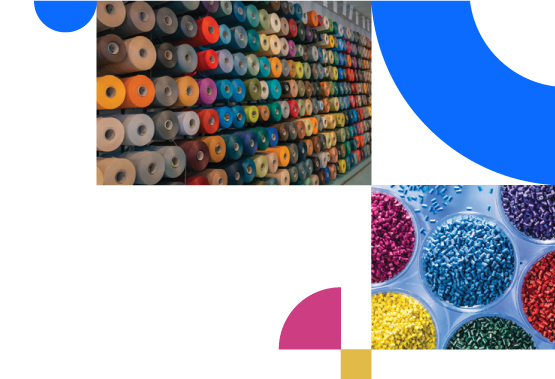
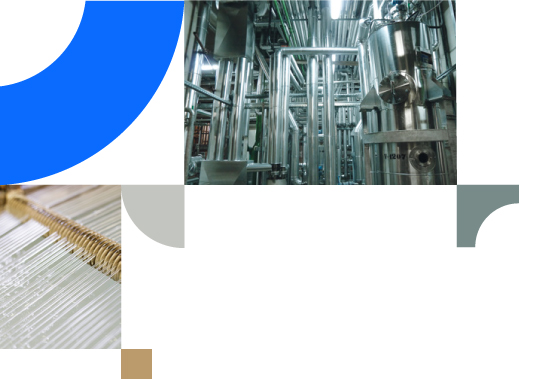
FÜR JE 10.000 TONNEN ECONYL®- ROHSTOFF, SIND WIR IN DER LAGE:
Fässer Rohöl
zu sparen
WAS SIND DIE ABFALLQUELLEN, DIE FÜR DIE HERSTELLUNG VON ECONYL® REGENERIERTEM NYLON VERWENDET WERDEN?
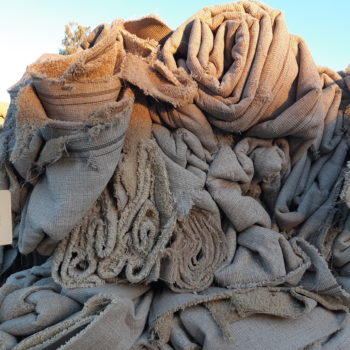
Teppichboden für die Müllhalde
Jedes Jahr werden in den USA rund 1,8 Millionen Tonnen Teppichboden entsorgt. Ziel der Aquafil Group ist es, durch die Schaffung einer geschlossenen Versorgungskette mit Teppichboden-Recycling zur Reduzierung dieser Abfallmengen beizutragen. Aquafil betreibt zwei Teppichboden-Recyclinganlagen, eine in Phoenix (Arizona) und eine in Woodland (Kalifornien). Jede kann jährlich etwas mehr als 16.000 Tonnen Teppichboden verarbeiten und […]
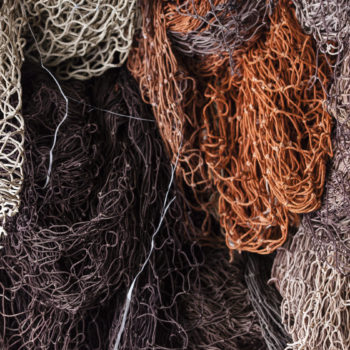
Fischereinetze aus der Aquakultur und der Fischereibranche und Geisternetze
Unsere Reise in Richtung Nachhaltigkeit war lang. Sie begann 1990 und sah sich im Laufe der Jahre vor vielen Herausforderungen. Wir haben Artikel aus Nylon 6 erforscht, die das Ende ihrer Lebensdauer erreicht haben, um daraus ECONYL®-Nylon herzustellen, und dabei festgestellt, dass Fischereinetze eine wichtige Quelle dieses Inhaltsstoffs sind. Wir befassen uns mit zwei verschiedenen […]
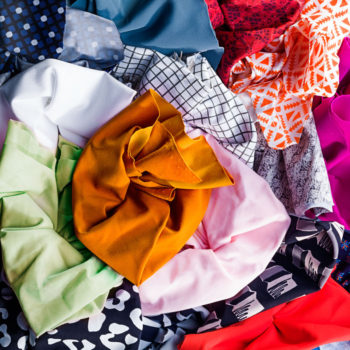
Spezielle Rücknahmeprojekte
Ein internationales Netzwerk rund um die Rückgewinnung von Materialien aus Altprodukten, basierend auf Partnerschaften mit Institutionen, Organisationen, privaten und öffentlichen Vereinigungen und Unternehmen. Dieses System ermöglicht es Aquafil, große Mengen an Abfall zur Regeneration als ECONYL®-Garn zu sammeln. Zu Beispielen dieser Bestrebungen zählen spezielle Rücknahmeprojekte in Zusammenarbeit mit verschiedenen Marken wie Napapijri, Speedo und Gucci. […]
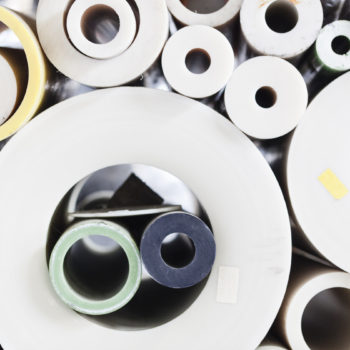
Produktionsabfälle
Produktionsabfälle aus Industrieprozessen wie etwa Kunststoffkomponenten, Industrieabfälle und Fabrikausschuss.